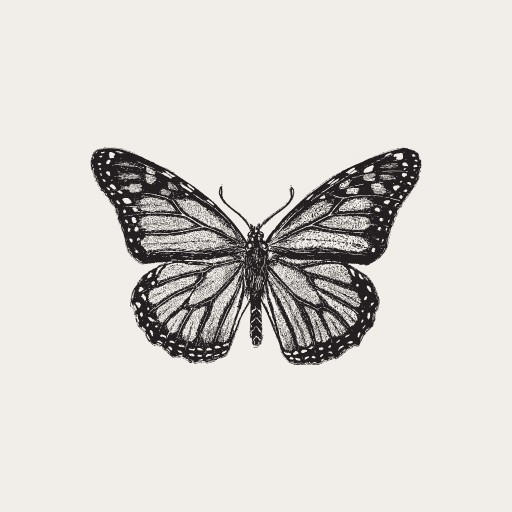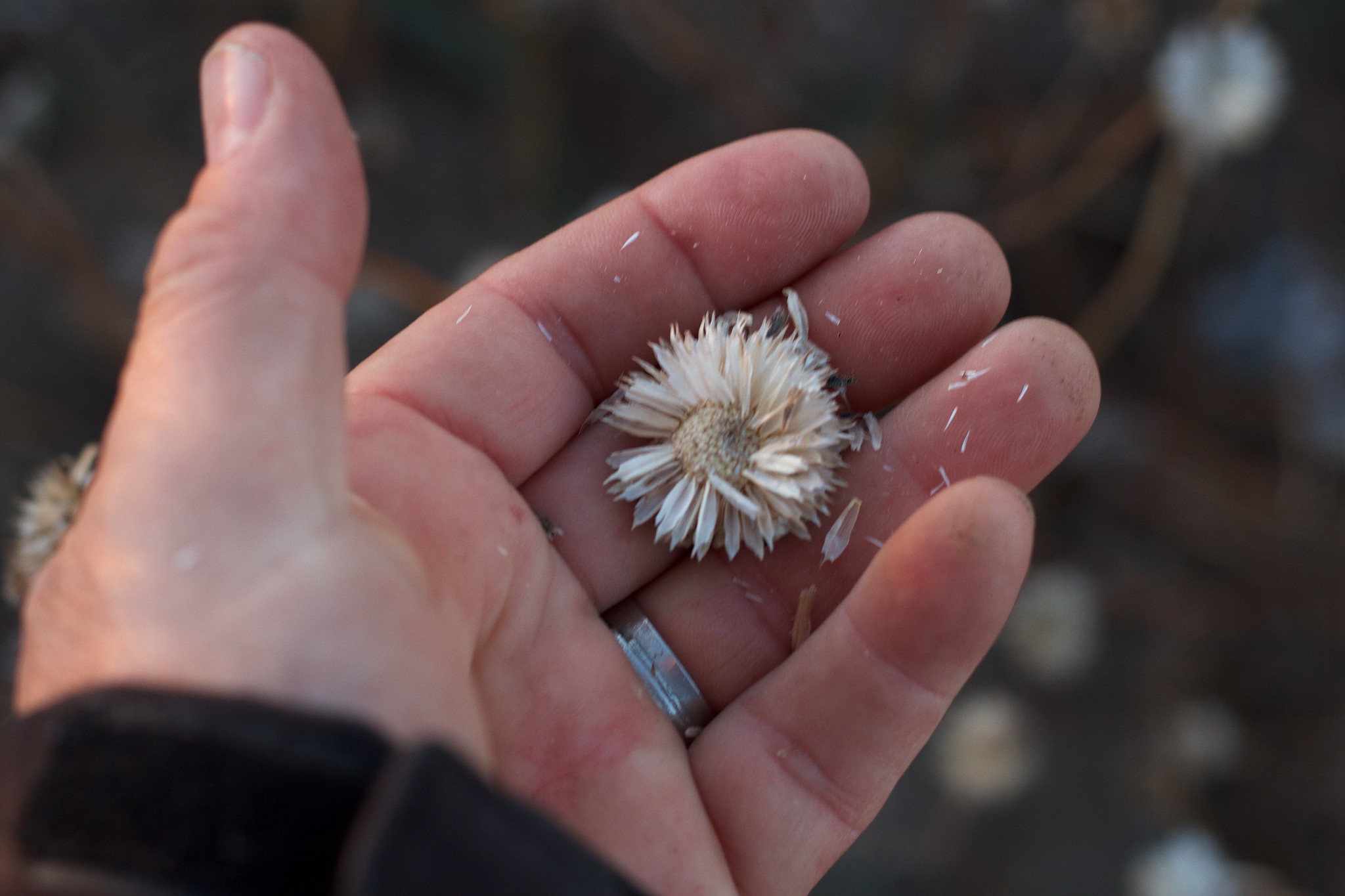How to collect and preserve native plant seeds.
Native plants play a vital role in maintaining the balance of our ecosystems, providing essential habitat and food for wildlife, and contributing to the beauty of the natural landscape. However, the rapid decline of these plants due to habitat destruction, invasive species, and climate change poses a significant threat to biodiversity. One of the most effective ways to protect these precious plants is through seed saving. By preserving and sharing the seeds of native plants, we can help ensure their survival for generations to come. Here’s a guide to collecting and preserving native plant seeds, with insights into how this practice can contribute to the larger conservation effort.
Why Native Plant Seed Saving Matters
As natural habitats are disrupted by human development, urbanization, and the spread of non-native species, the populations of native plants are increasingly under threat. Many of these plants are crucial to maintaining ecological balance—supporting pollinators, stabilizing soil, and contributing to a diverse food web.
Seed saving is a powerful way to contribute to the preservation of these plants. By collecting seeds from healthy, locally adapted populations, we can help sustain their genetic diversity and resilience. When we save and plant native seeds, we are directly participating in restoring ecosystems and supporting biodiversity.
In addition, native plants are often better suited to local soil conditions, climates, and wildlife, making them an essential tool for habitat restoration efforts. By preserving the seeds of these plants, we can increase the availability of resources for local wildlife, such as pollinators, amphibians, and birds.
Best Practices for Collecting Native Plant Seeds
Timing is Key
Knowing when to collect seeds is critical to ensuring they are viable and ready to be saved. Most seeds are ready for harvest when they have fully matured. Look for signs like a change in color, drying, or splitting open. For example, many wildflowers will produce dry seed heads, while fruiting plants may become soft or begin to shrivel.
Timing varies by species, so it’s important to learn the specific needs of the plants you are working with. For instance, some plants, like milkweed, may require specific cues, such as the release of their seeds when pods naturally split.
Tools You’ll Need
To successfully collect seeds, you’ll need a few basic tools:
- Containers: Small paper bags, envelopes, or cloth sacks to store seeds.
- Scissors or Pruners: For harvesting seed heads or cutting fruits.
- Gloves: Protect your hands when working with prickly or sticky plants.
- Labels: For keeping track of the plant species, collection date, and location.
When handling seeds, be sure to handle them gently to avoid crushing or damaging them. The goal is to preserve the seeds in the best possible condition.
Sustainable Harvesting
It’s important to always leave enough seeds behind for natural regeneration. This ensures that the plant populations will continue to thrive without the risk of over-harvesting. Only collect seeds from plants that are healthy, abundant, and not threatened or endangered. Be mindful of the local regulations regarding seed collection, especially in protected areas or national parks.
Sustainability is key to maintaining the balance between conservation and seed saving. Harvesting seeds from diverse plants in different areas is also essential for maintaining the genetic diversity of plant populations.
Techniques for Preserving and Storing Native Plant Seeds
Drying Seeds Properly
After you’ve collected your seeds, it’s important to dry them properly to avoid mold and rot. Lay the seeds out in a dry, well-ventilated area on a piece of paper or a screen. Allow the seeds to air dry for several days or even weeks, depending on the moisture content. Some seeds, like those of asters and goldenrods, may need extra care in drying due to their tendency to retain moisture.
Storing Seeds for Long-Term Preservation
Once the seeds are fully dried, they should be stored in airtight containers. Glass jars, vacuum-sealed bags, or mylar bags are excellent options to keep moisture and pests out. Ensure that the storage environment is cool, dry, and dark. A temperature range of 32-41°F (0-5°C) is ideal, as it slows the seeds’ metabolism and extends their shelf life.
Label your containers clearly with the plant species, collection date, and any other relevant information, such as the location where the seeds were gathered. This is essential for later planting or sharing the seeds with others.
Labeling and Record-Keeping
In addition to labeling your seed containers, keep a notebook or spreadsheet to track important details about your seed collection efforts. This could include the variety of plant, the date the seeds were collected, the conditions of the habitat, and any notes about the plant’s growth habits. This information will be valuable for future plantings and can be shared with others who are interested in conservation efforts.
How to Test Seed Viability
Before you plant or distribute your seeds, it’s a good idea to test their viability. A simple way to do this is the “paper towel test.” Place a few seeds on a damp paper towel, fold it, and keep it in a warm, dark place for a few days. After that time, check how many seeds have sprouted. This will give you a rough idea of how viable your seeds are.
If the germination rate is low, you may need to plant the seeds immediately or share them with others who can plant them right away.
Encouraging Community Involvement in Seed Saving
As someone passionate about native plants, you can help spread the importance of seed saving within your community. Whether through a local conservation group, neighborhood garden, or social media, there are countless ways to raise awareness and encourage others to get involved. Share your experiences with friends and family, host workshops, or organize community seed swaps to exchange knowledge and resources.
Joel’s business and his approach to growing native plants are a perfect example of how one can foster a collective effort to save and preserve local flora. When neighbors, gardeners, and conservationists work together, the collective impact can be powerful.
Challenges in Seed Saving and How to Overcome Them
Seed saving, while rewarding, isn’t without its challenges. Some plants, like hybrids, may not produce viable seeds, or the seeds may be difficult to collect. Certain species may also be prone to dormancy, requiring special treatment to germinate, such as cold stratification or scarification.
Another challenge is ensuring seeds are stored in the right conditions to prevent pests and moisture damage. Regular checks on stored seeds and proper labeling can help mitigate these issues.
In the face of these challenges, persistence and patience are key. Even small efforts to save and share native seeds can have a lasting impact on conservation.
The Power of Saving Seeds for Ecosystem Conservation
Saving the seeds of native plants is a simple yet incredibly powerful way to contribute to the conservation of our ecosystems. By following best practices for collecting, preserving, and sharing seeds, you can help ensure that these plants continue to thrive in our landscapes and support the many species that depend on them. As Joel has shown through his dedication to native plants, every seed saved is a step closer to restoring and protecting the natural world. Together, we can make a difference—one seed at a time.

